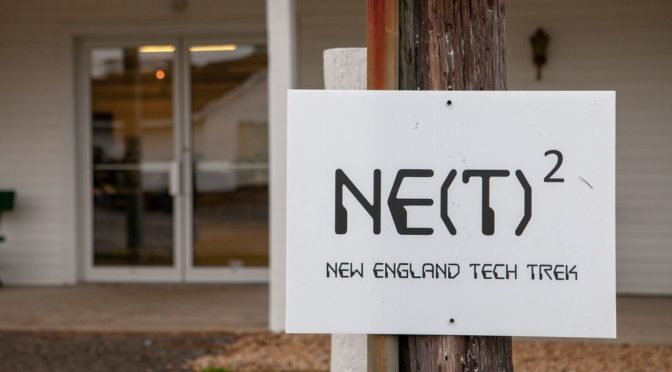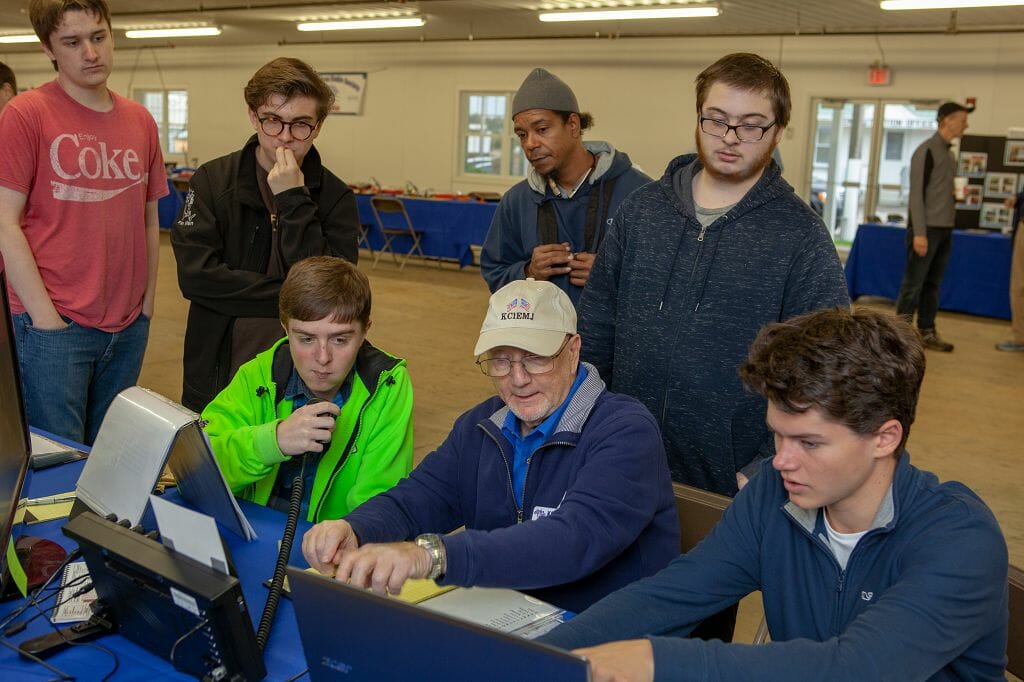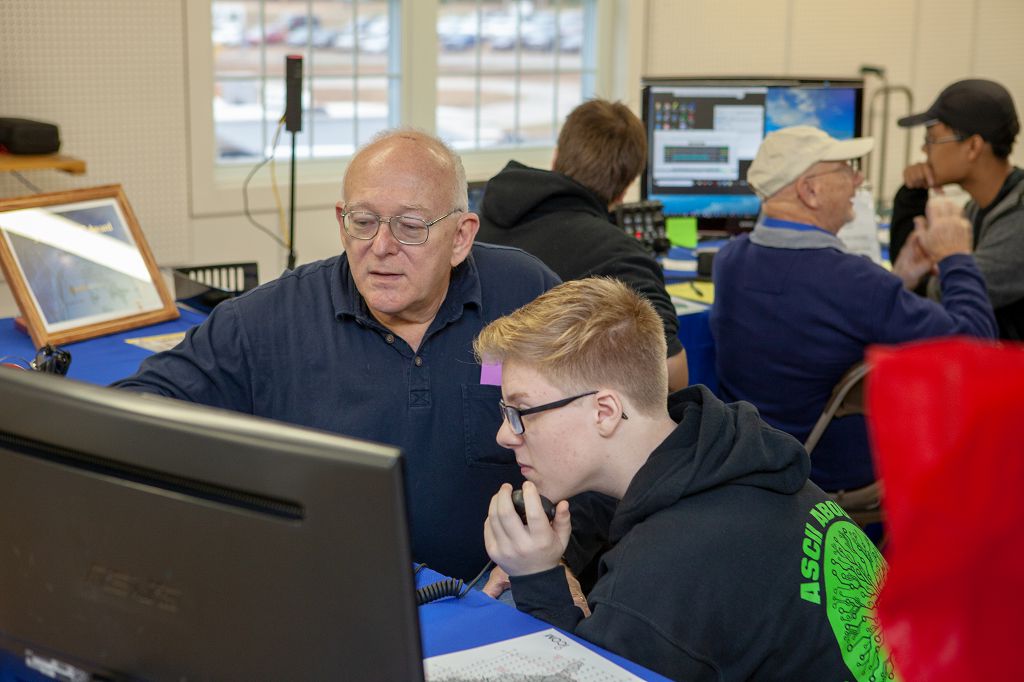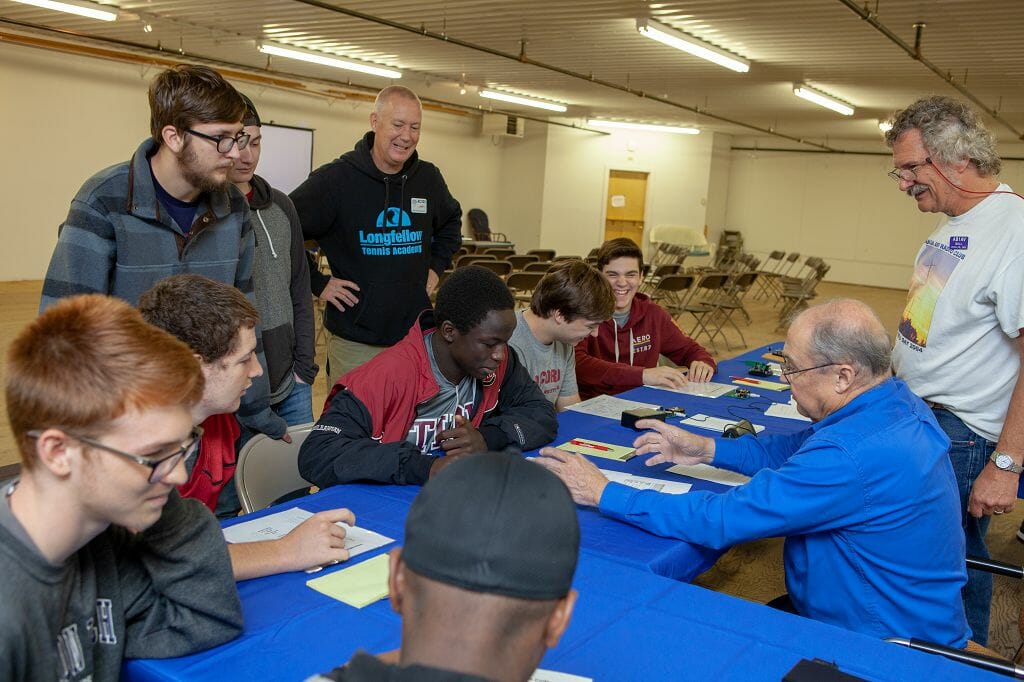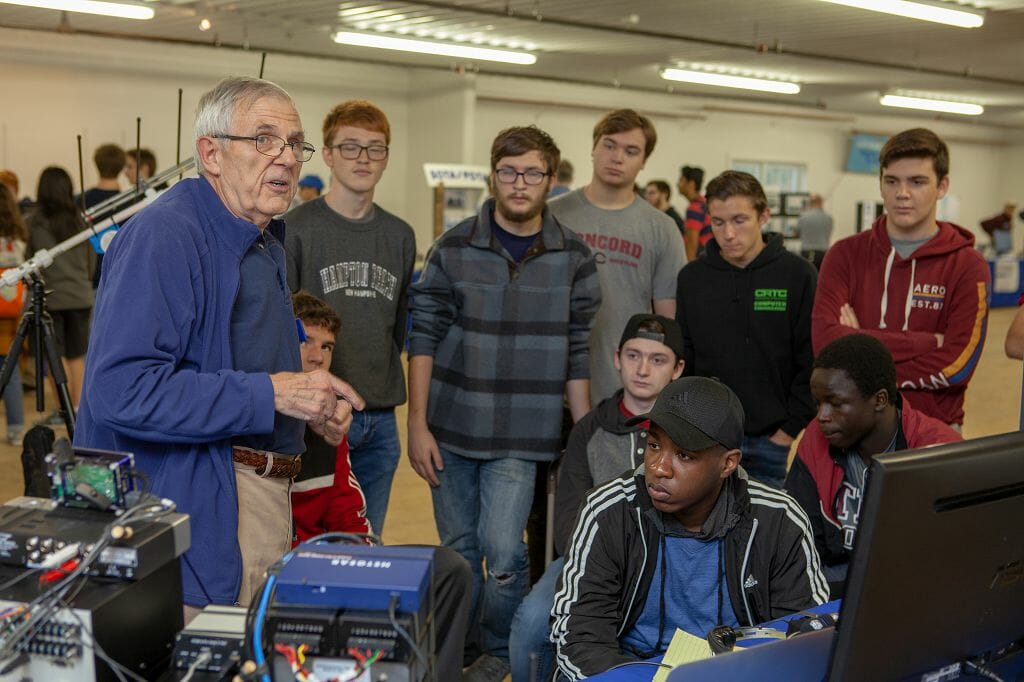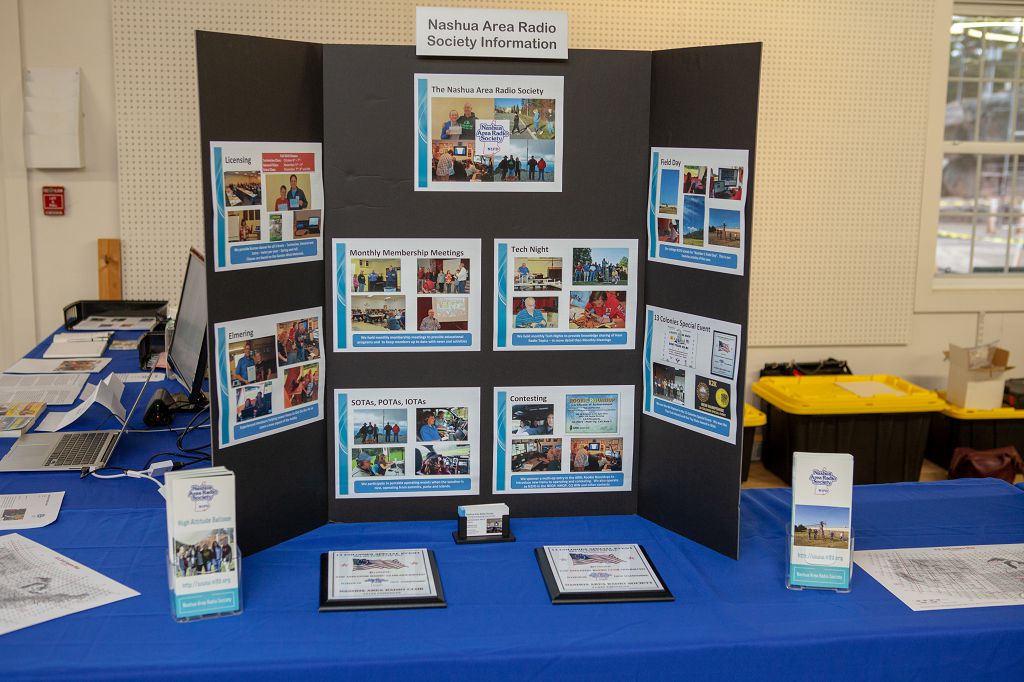Winter Field Day 2019
When: January 25th for setup, and January 26-27 on the air
Where: Milford, NH
Contact: Craig Bailey, N1SFT
A QST to all NARS Members!
Ole’ man winter is right around the corner, and during winter, most hams tend to stick to the shack… BUT NOT THIS WINTER! It is common knowledge that the winter doldrums are easily beat if you just get outside and get some fresh air. The title picture (to grab your attention) of the Arctic Cat was taken while N1SFT was activating the “Chimney” in Freedom NH, last winter – it just proves that Ham radio often intersects with many other hobbies!
While we don’t anticipate the need for snowmobiles, the Nashua Area Radio Society is going to participate in Winter Field Day.
All members of NARS are asked to come out and participate – and don’t forget your sense of adventure! Here’s the plan:
- The last full weekend of January 2019.
- Setup on Friday the 25th, and a 24-hour activation starting Saturday at 2 pm Eastern.
- We have secured the use of Keyes Memorial Field in Milford NH. Click here for a Google map. At Keyes Memorial, there is a 25’ x 25’ pavilion that we will be activating as N1FD. (See the pic below)
- What Bands: 10m, 15m, 20m, 40m, 80m, and 160m. Plus VHF 6m, 2m, and UHF!
- What modes: Sideband Phone, FM Phone, CW, and Digital, with Satellite coms!
- Who: ALL MEMBERS are encouraged to come out and lend a hand, and do some operating!
- Your planning team:
- Who else we need: Currently, we are looking for someone to assist with:
- A person to guide setting up and running the “camp”, including the tarps and heaters, refreshments, and general lighting
- A person to assist with power planning (generators, fueling, etc.)
We need some help with some items that we don’t generally need to worry about during field day… for example – the anchor rods will be driven into the frozen ground, and stringing up a wall system to block the wind and cold are just two challenges that we need to overcome. If you are able to help us devise an extraction tool, please contact us.
The activation is intended for all club members to come and get some seat time, and there will be plenty of opportunities: we intend to have on the air at all times at least (5) stations, and the op will have their choice of modes to operate: phone, CW, or Digital. We will be running under the N1FD call sign, which means all club members regardless of license class are welcome to come and operate on all the bands.
Winter Field Day is a contest, but it is more than just a contest; its something different, it’s a “back to basics” activation… sort of a field-day-lite. Not to mention its during the winter – which is fun. We Amateur operators are lucky to have so much spectrum to use while we burn up the ether, and part of that privilege is the ability to mobilize and assist in local, regional, and even global communications when called upon. Testing ourselves and our equipment shouldn’t happen just during the summer!
Thank you very much!
Please email Craig Bailey as soon as possible to sign up for the part you want to play.
For more official information regarding Winter Field Day, please visit the official sponsor: The Winter Field Day Association.
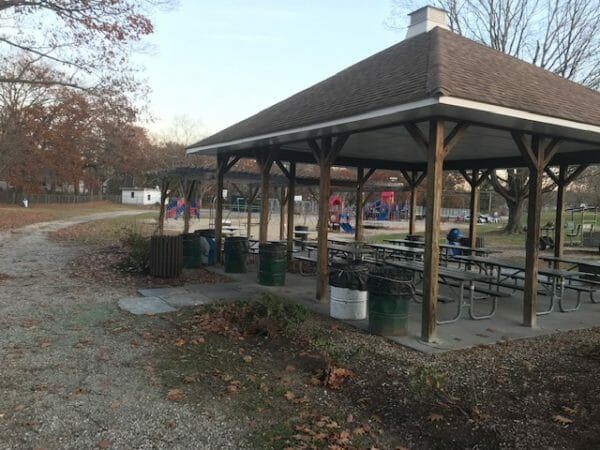
Keyes Memorial Field Pavillion
Craig, N1SFT


